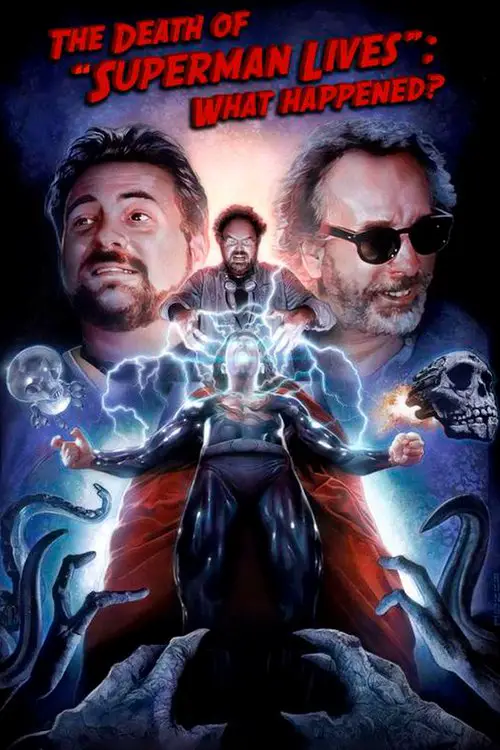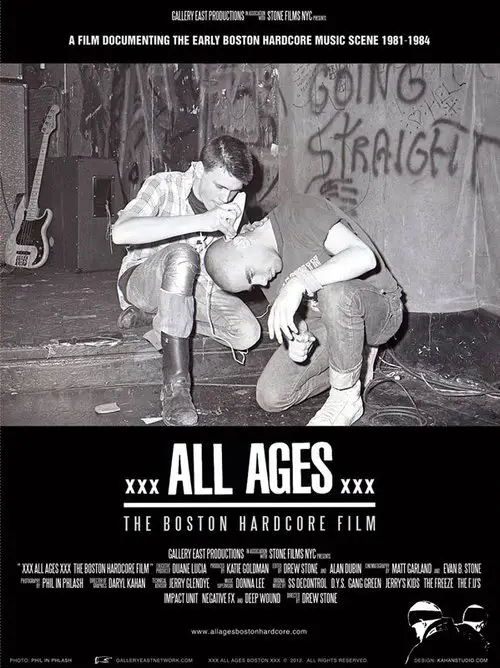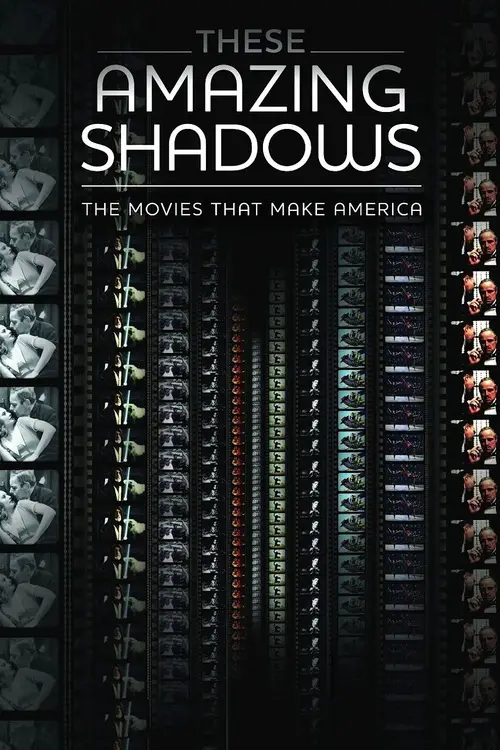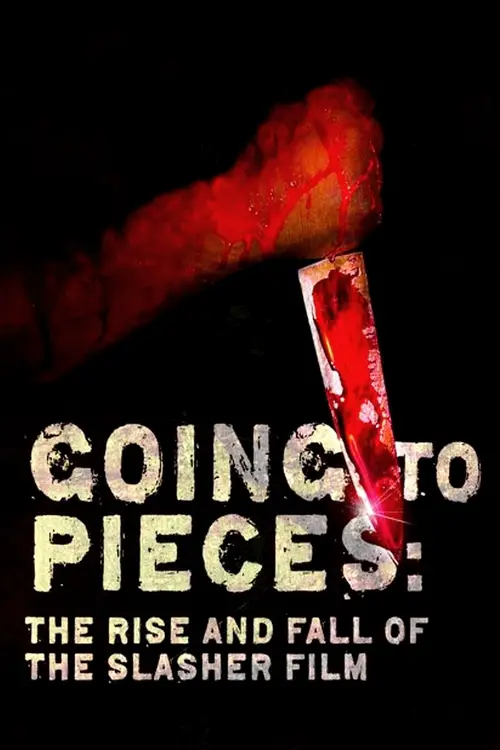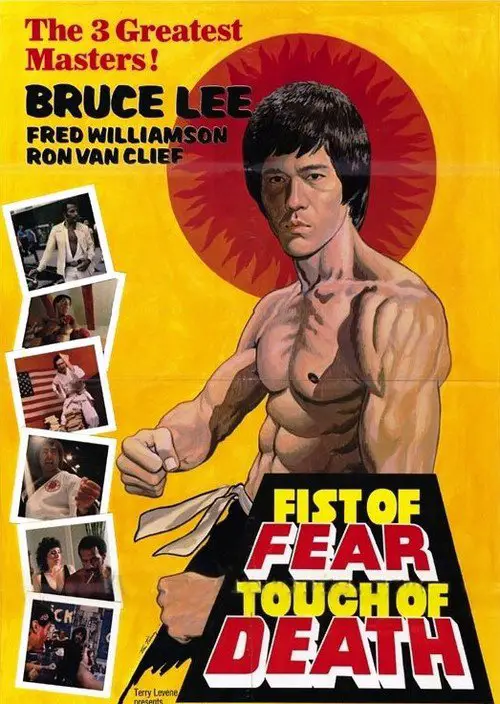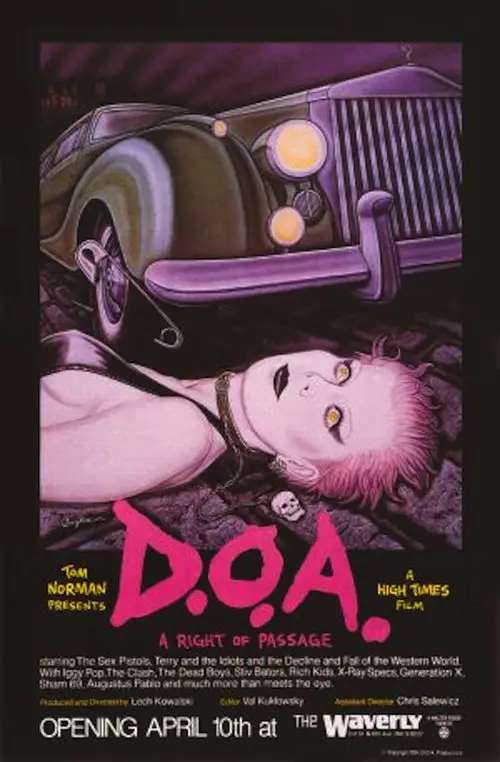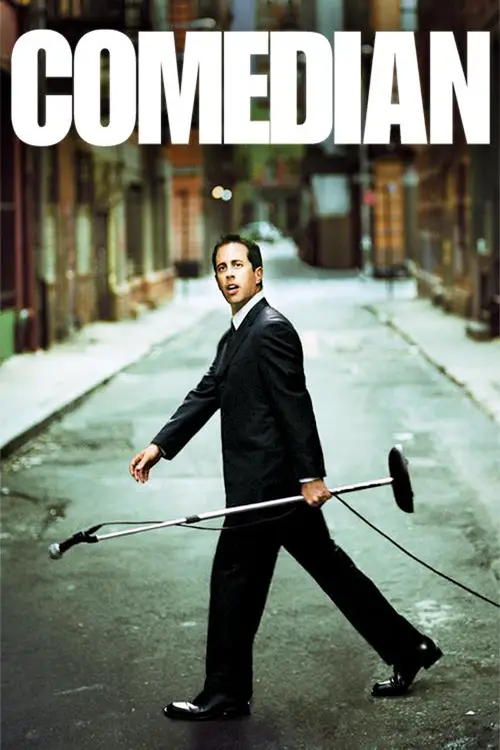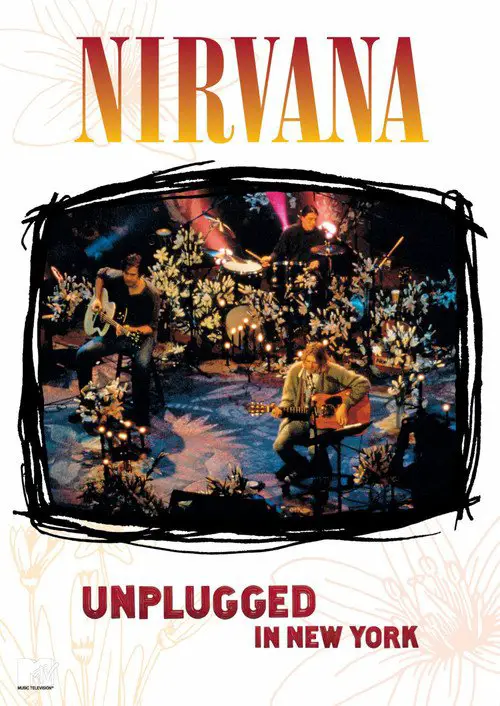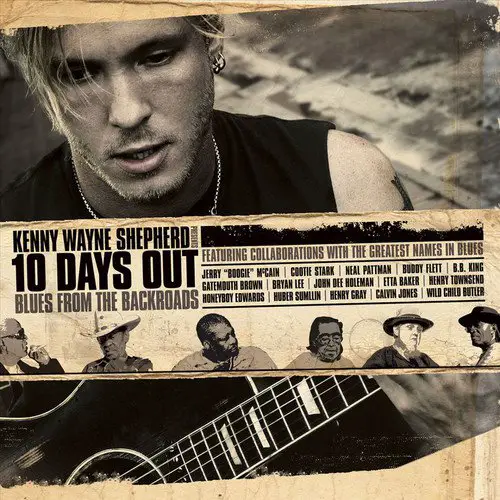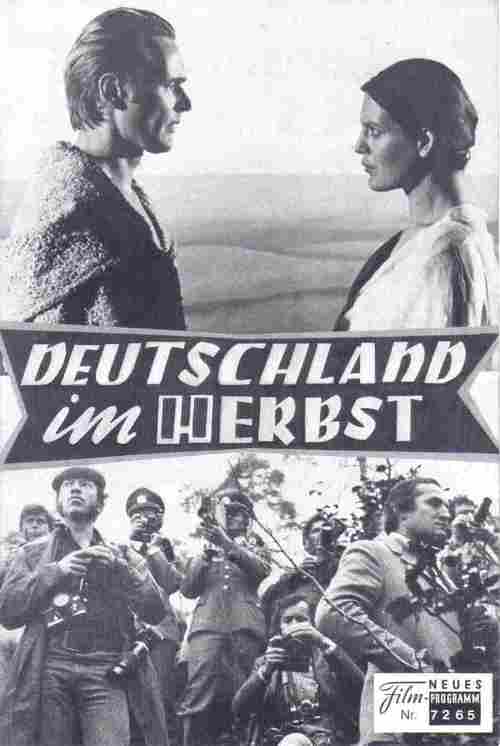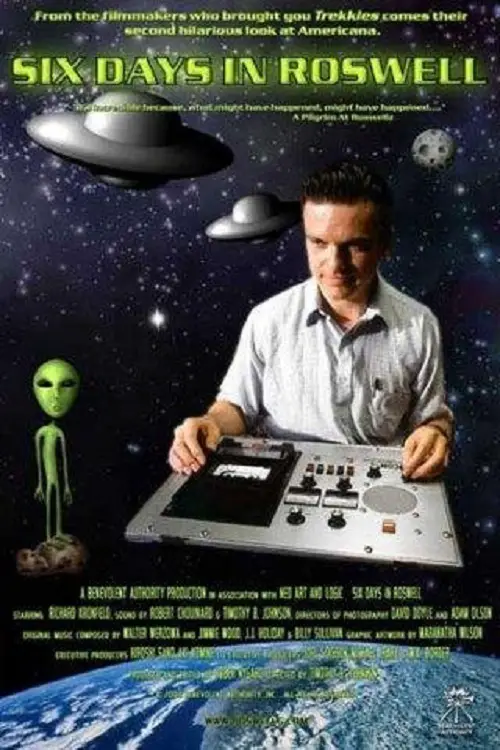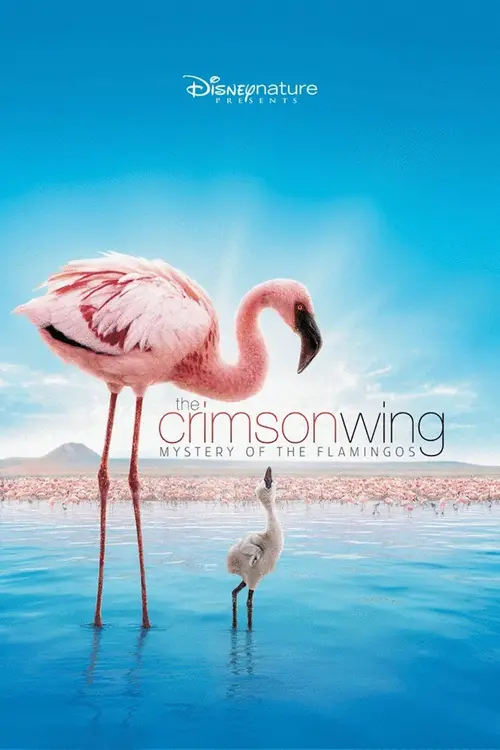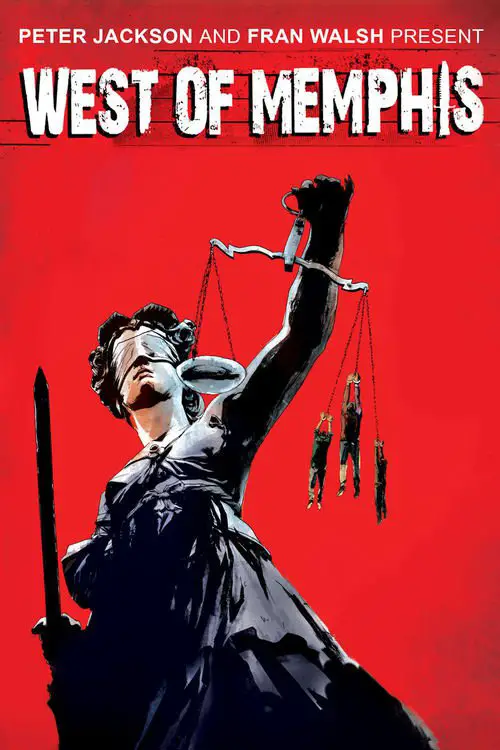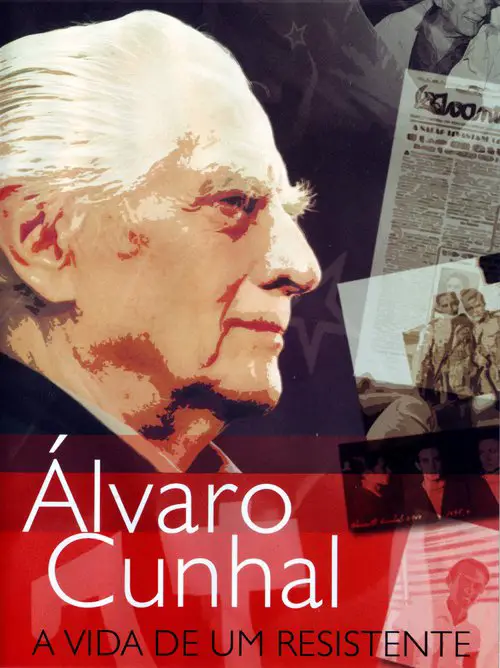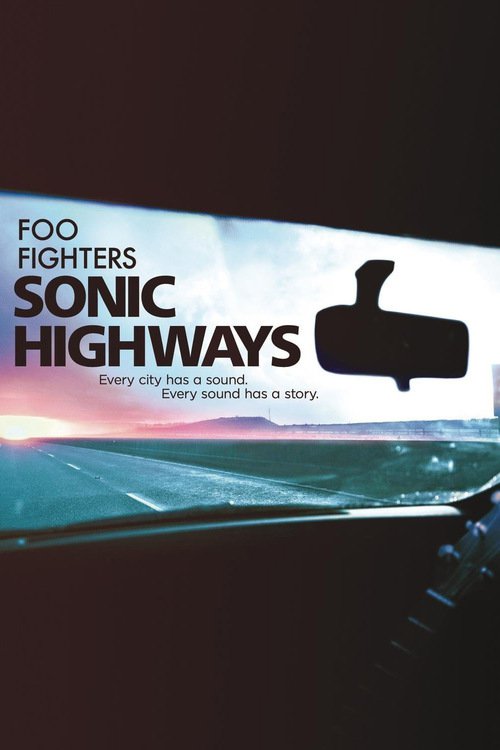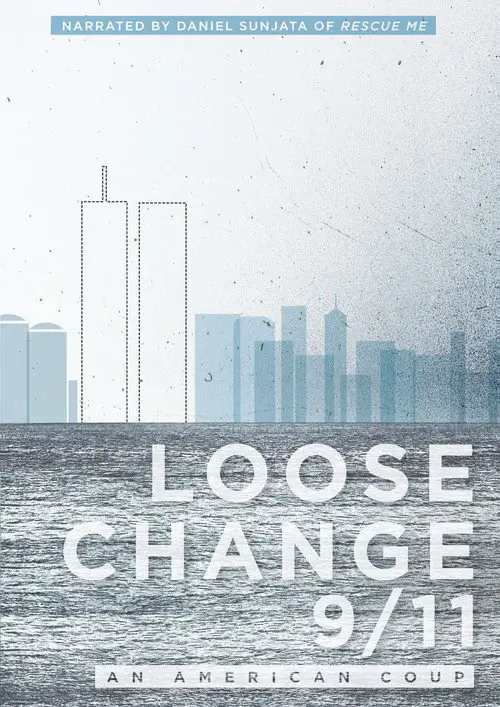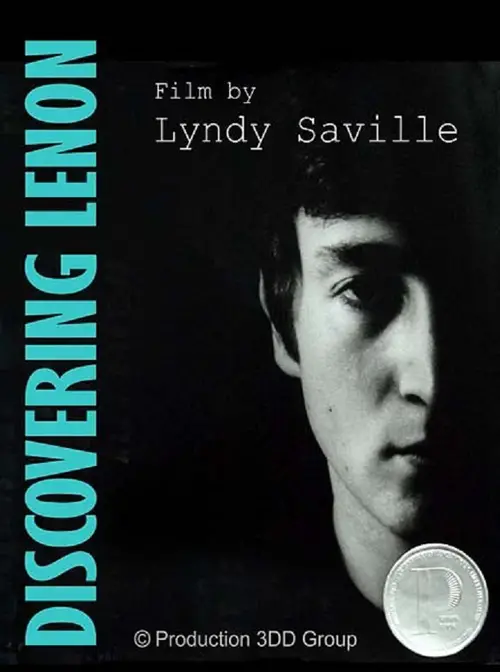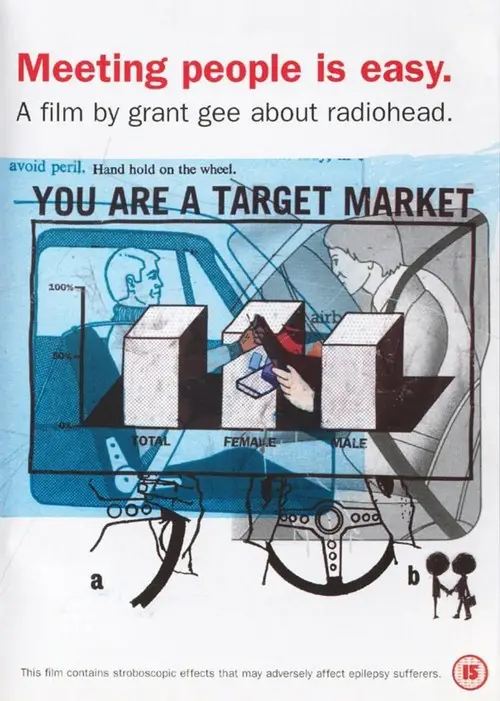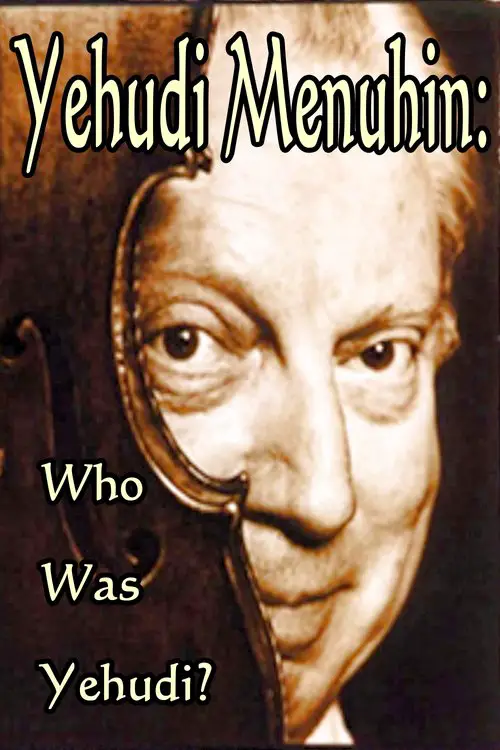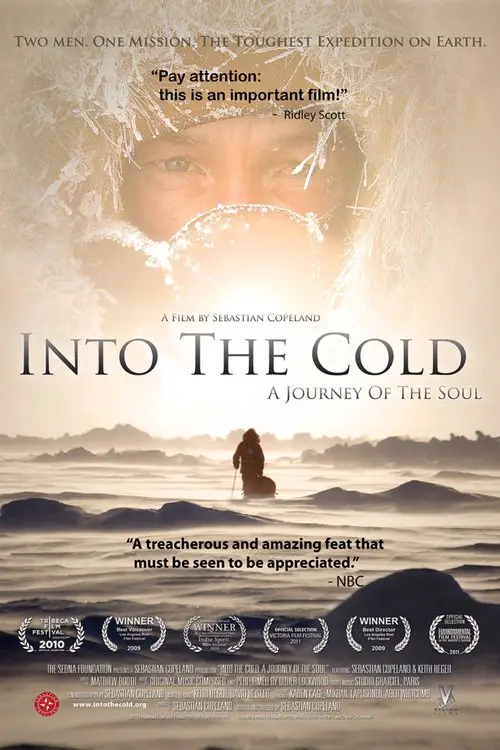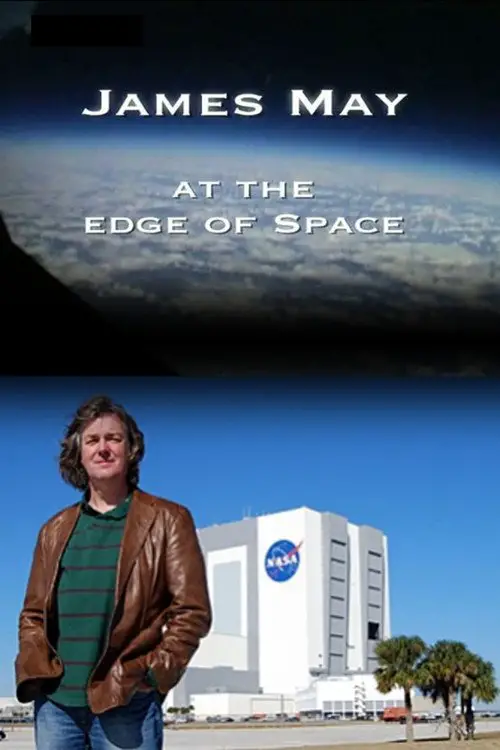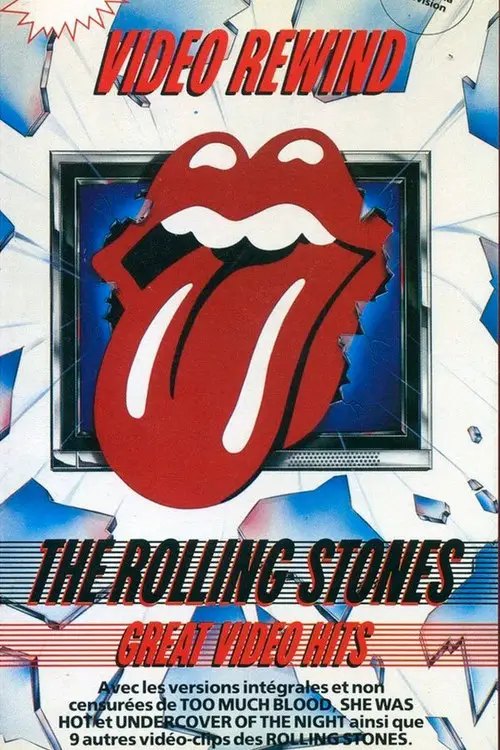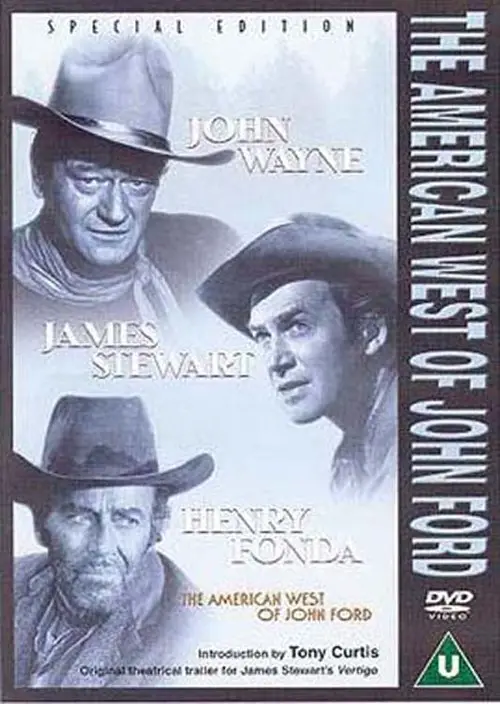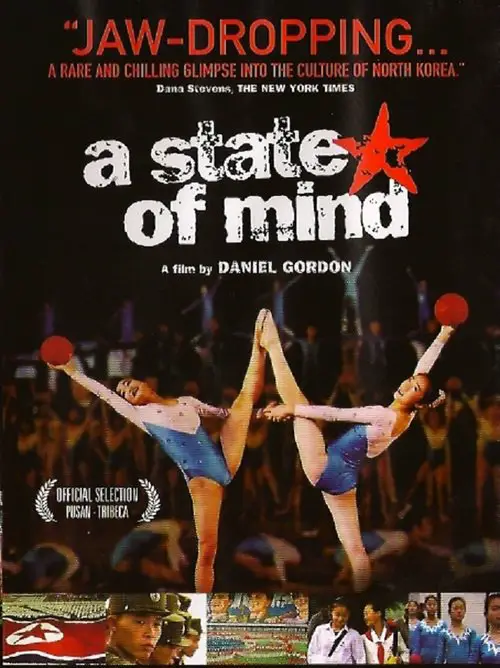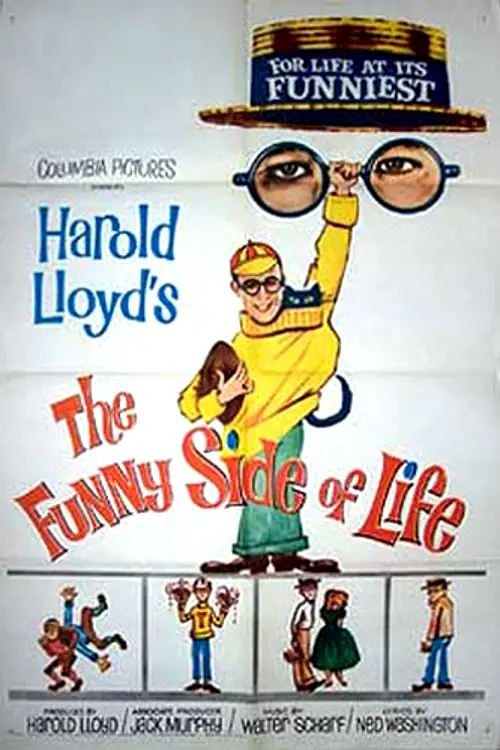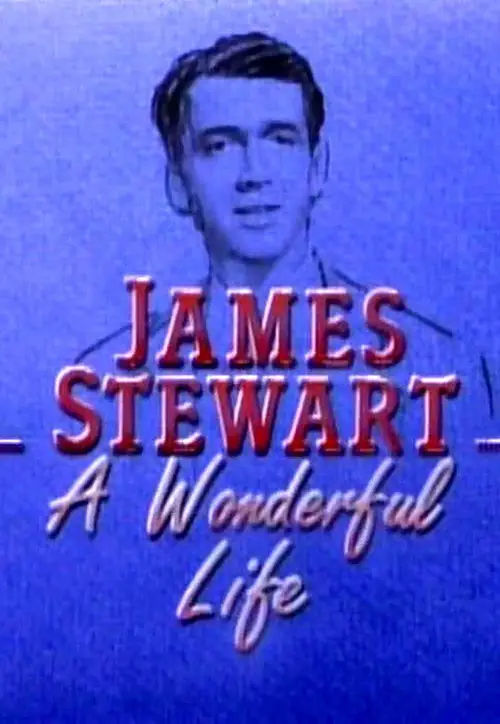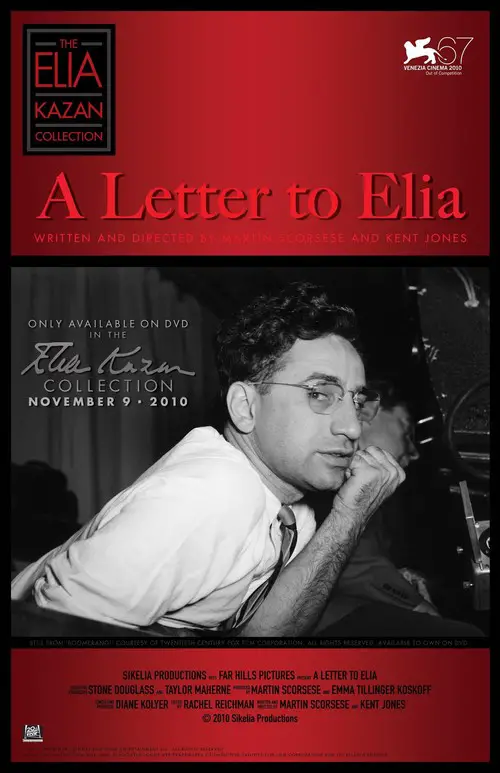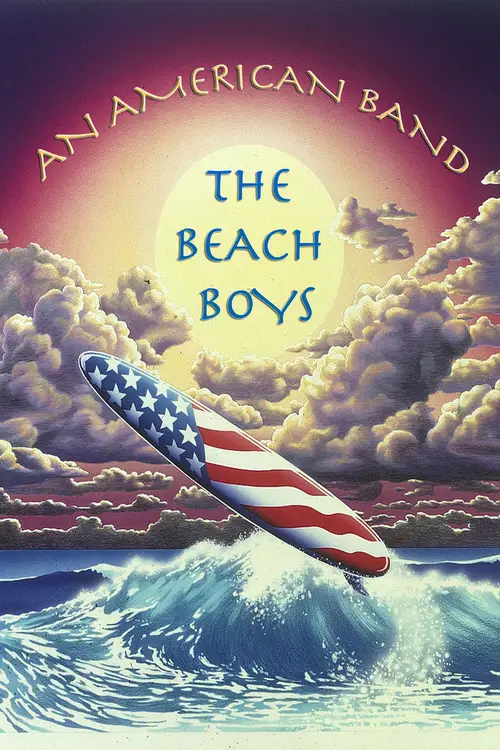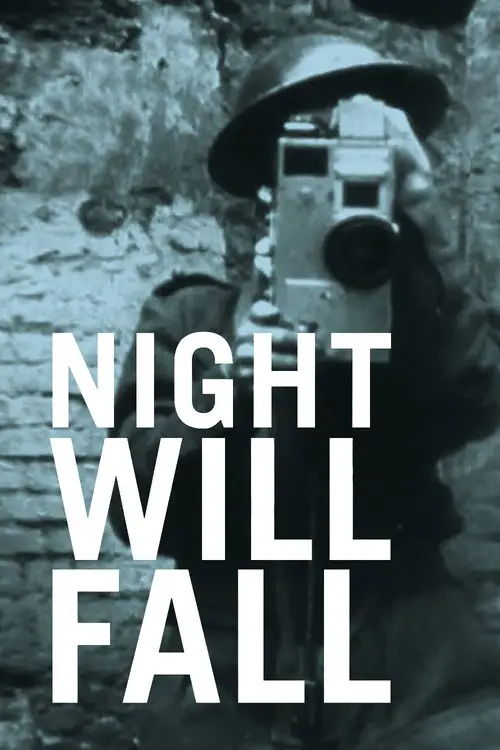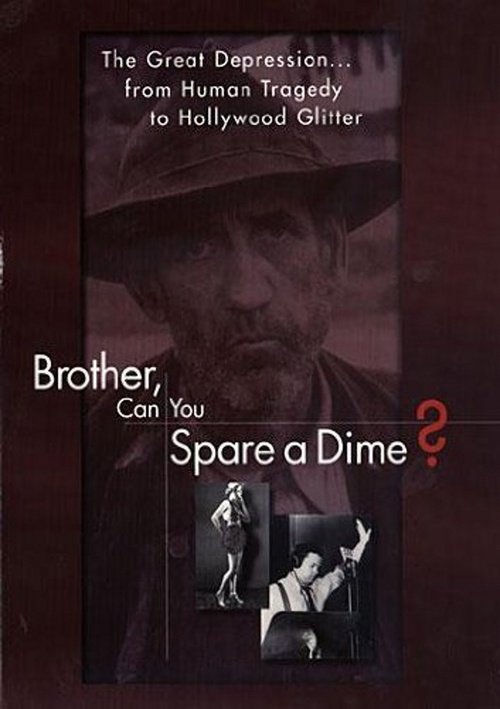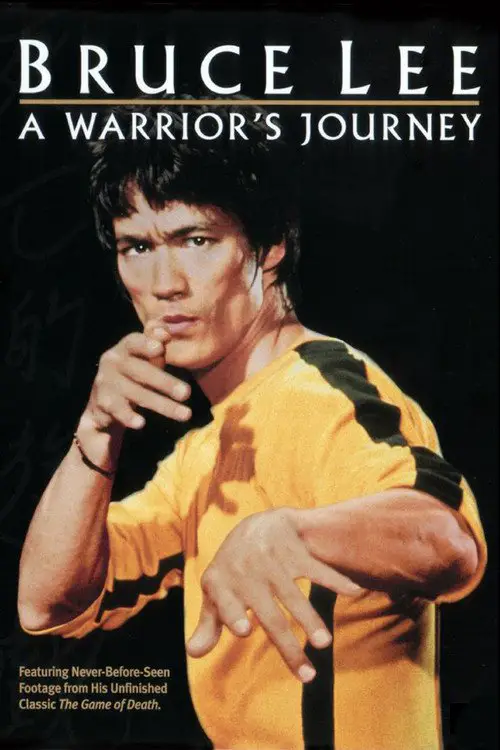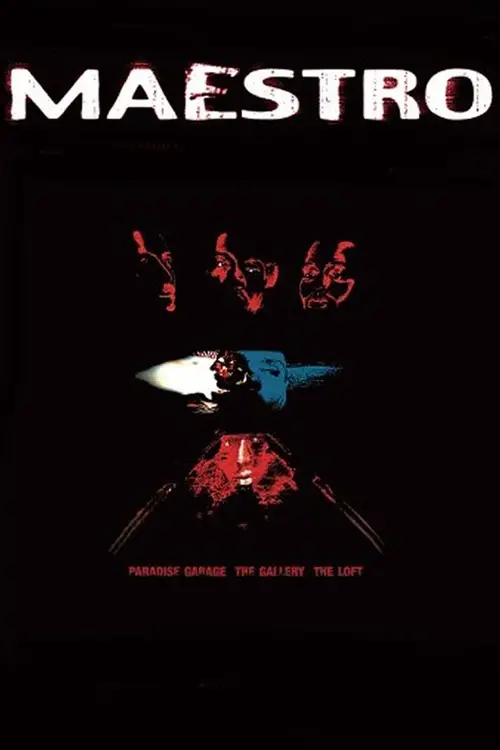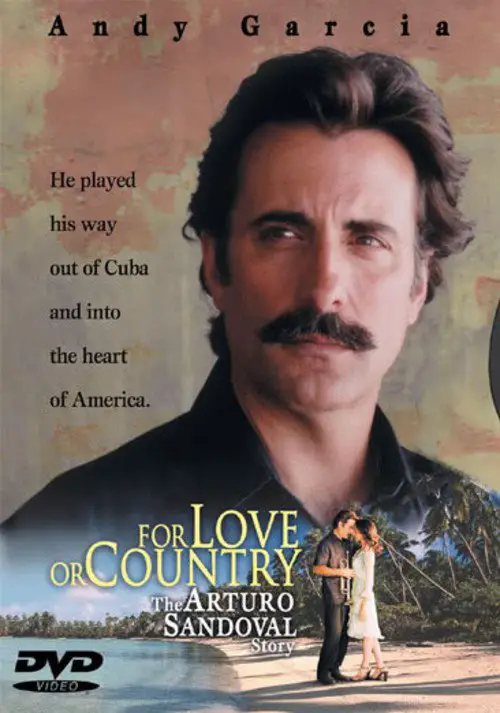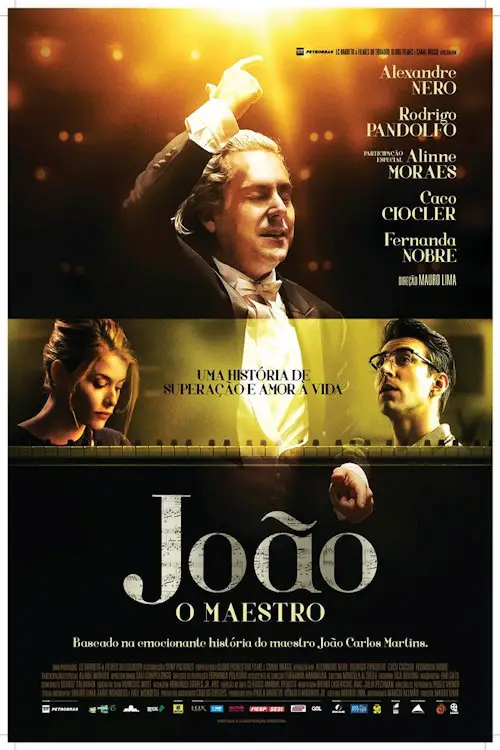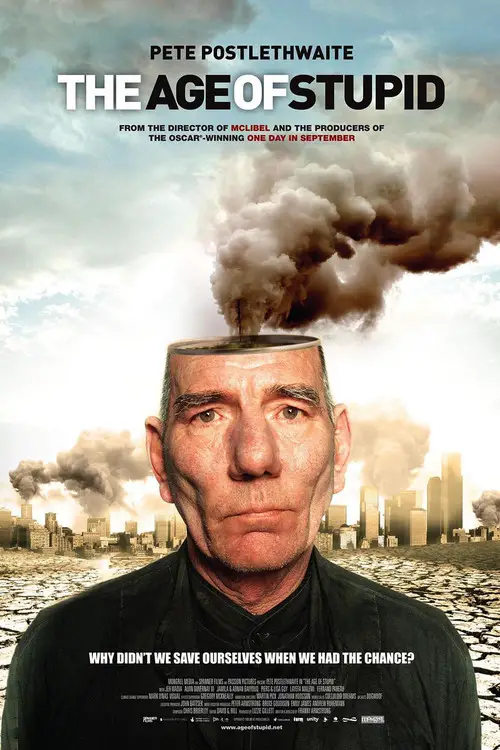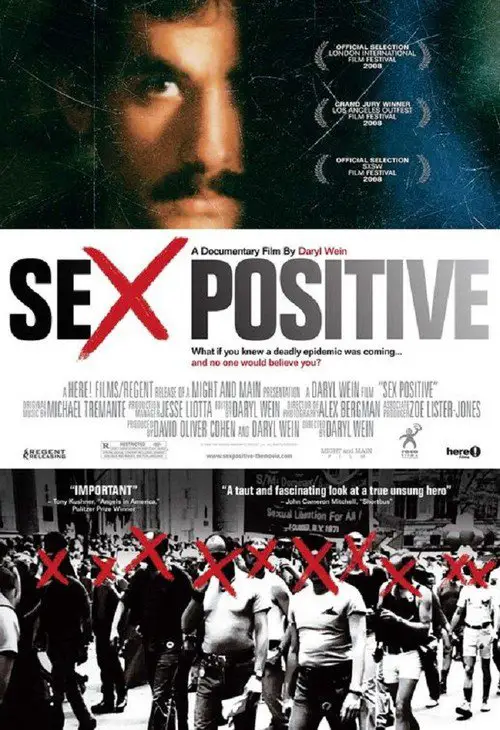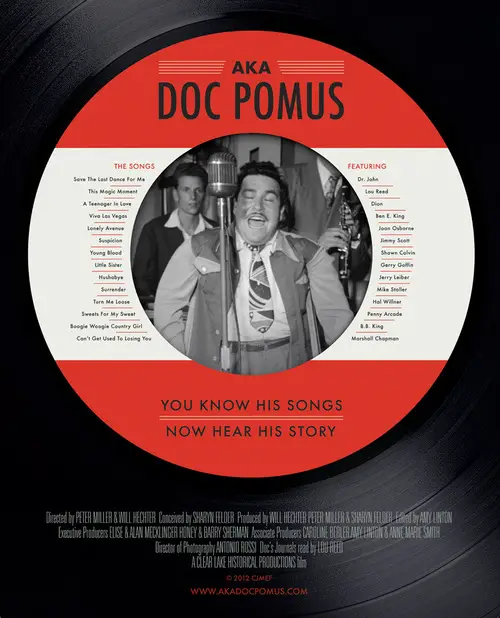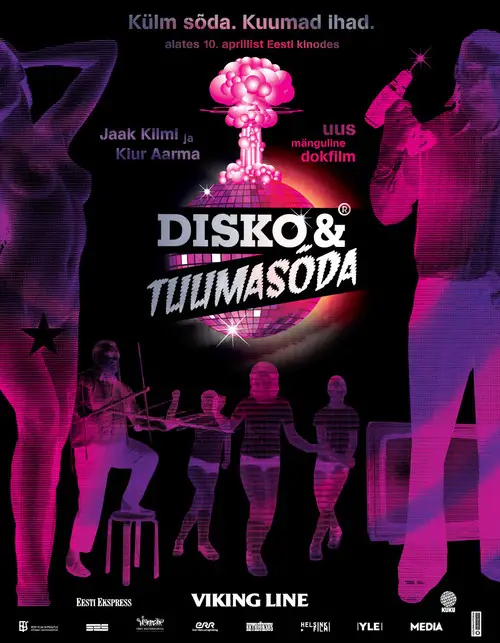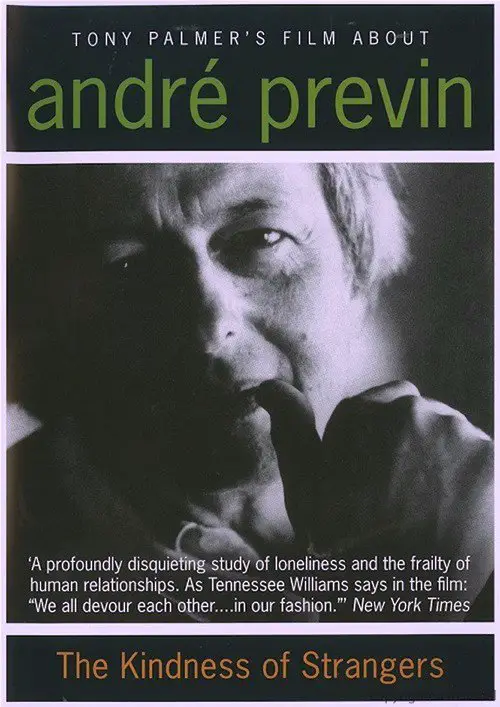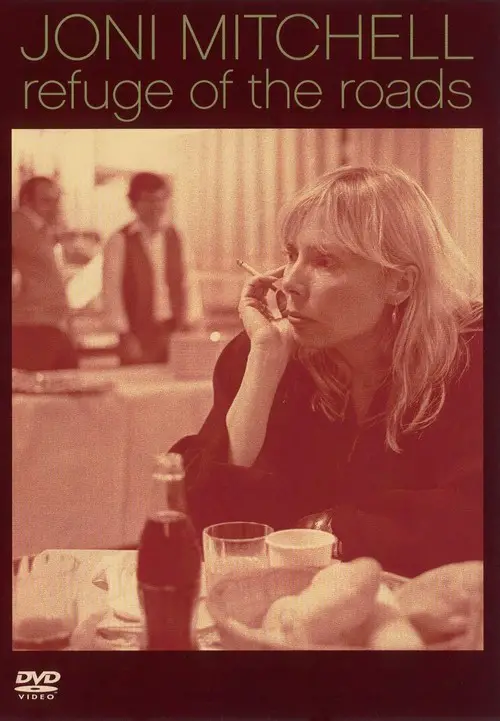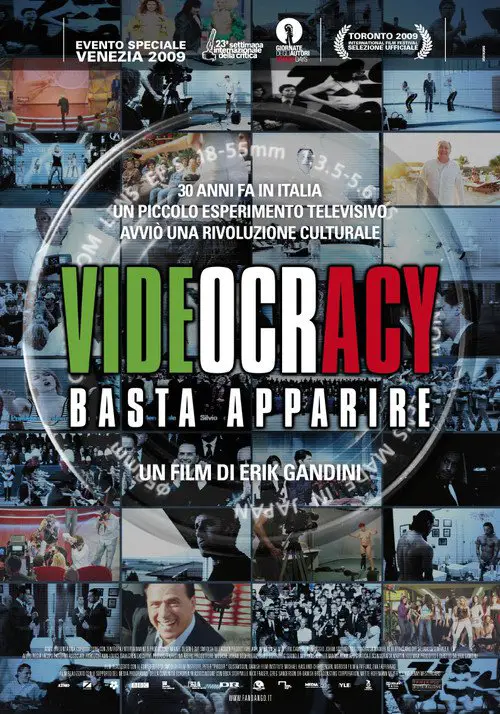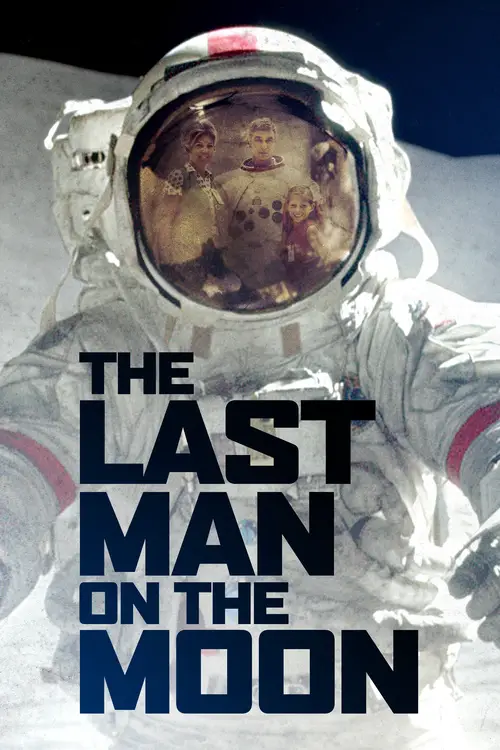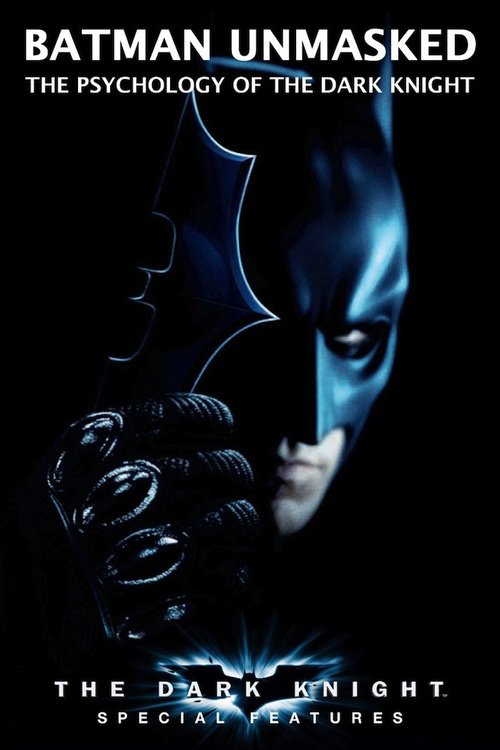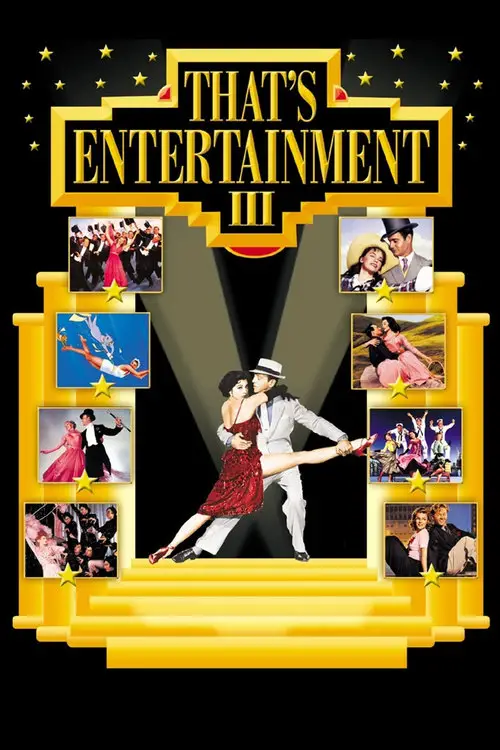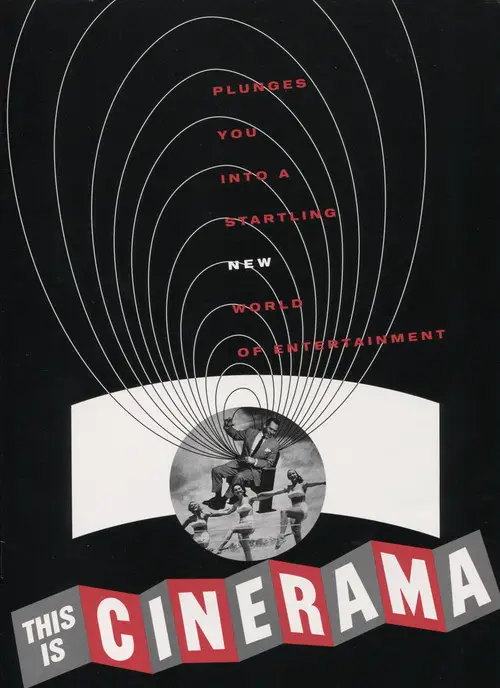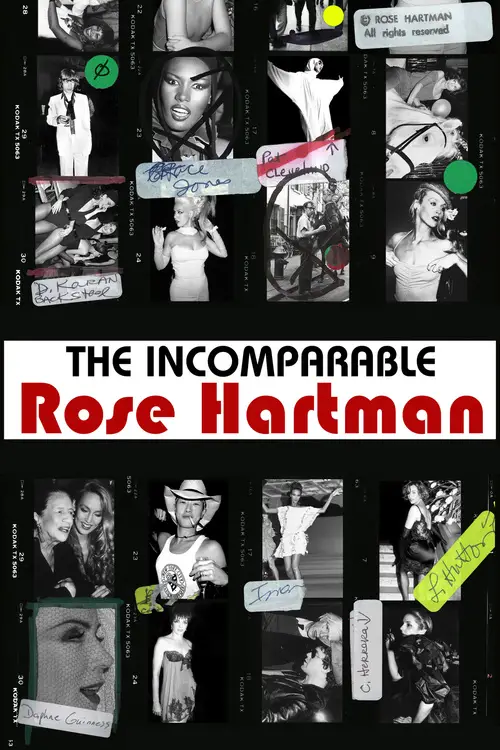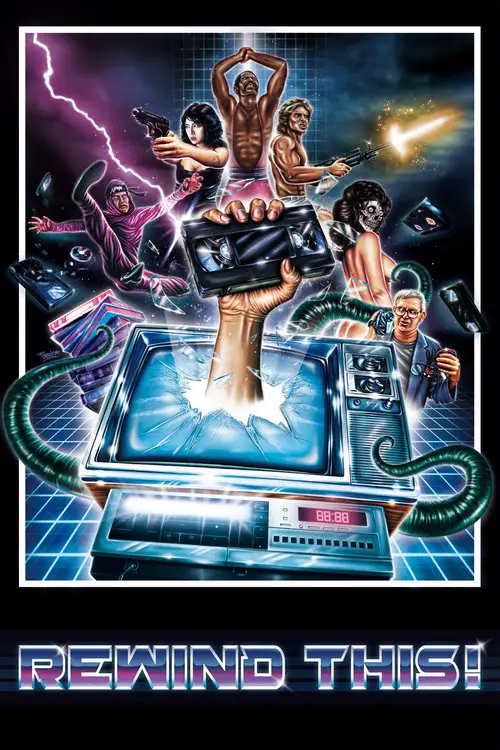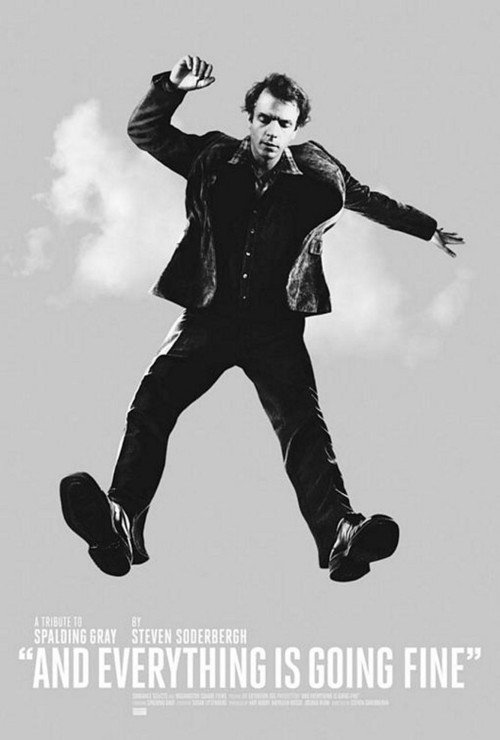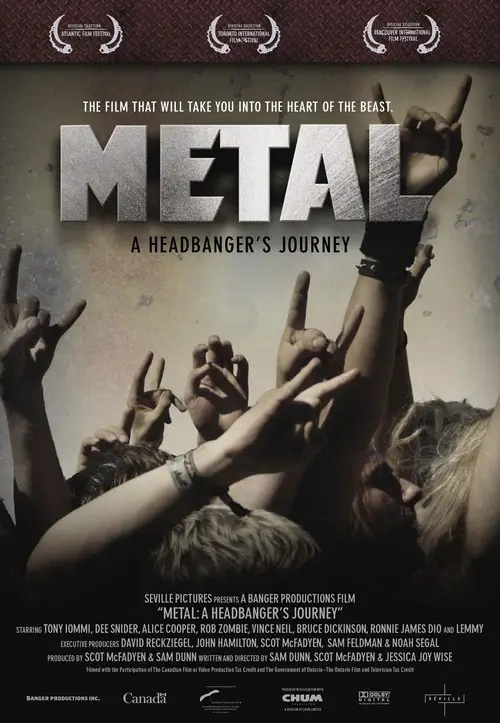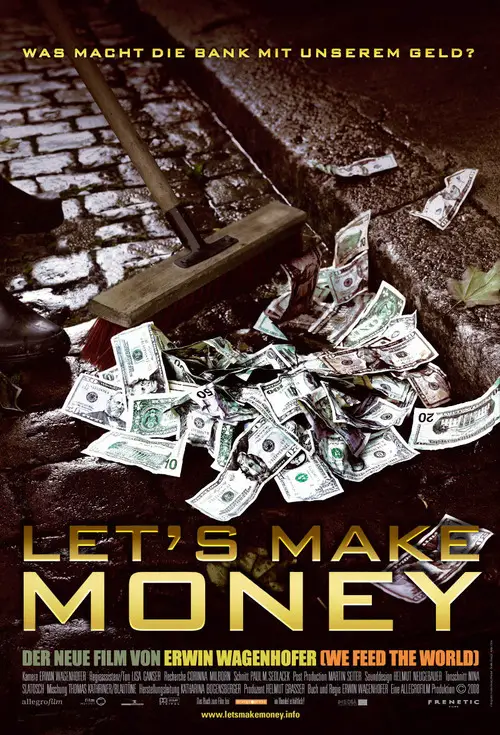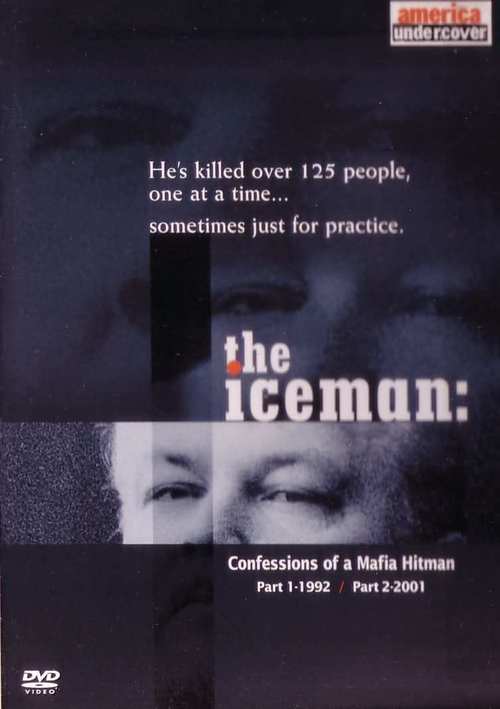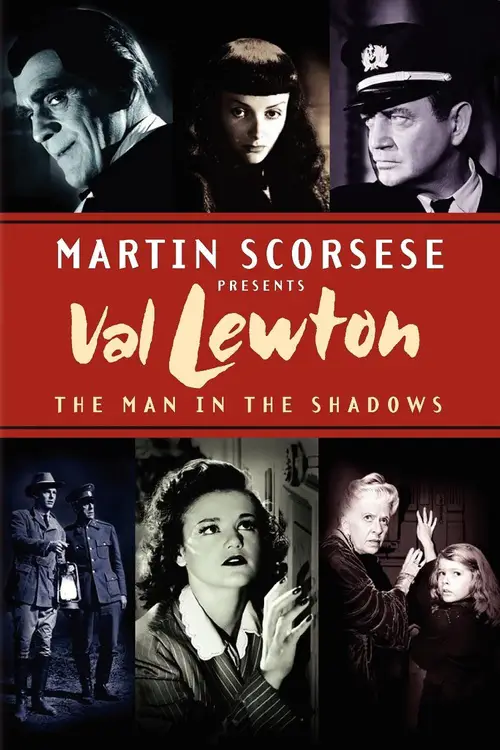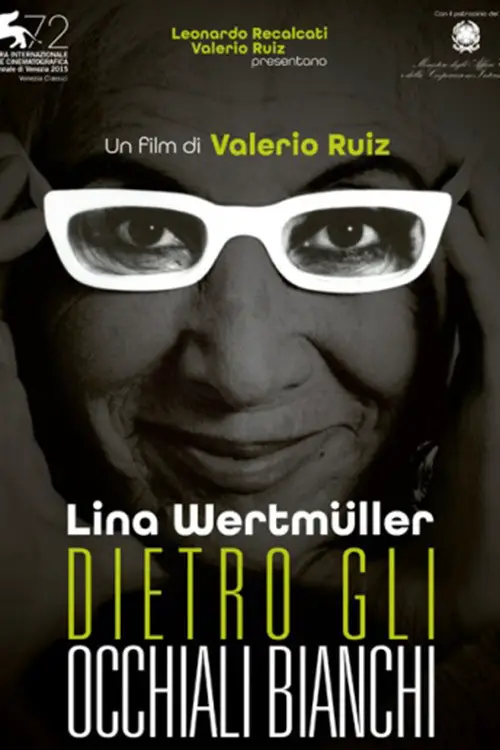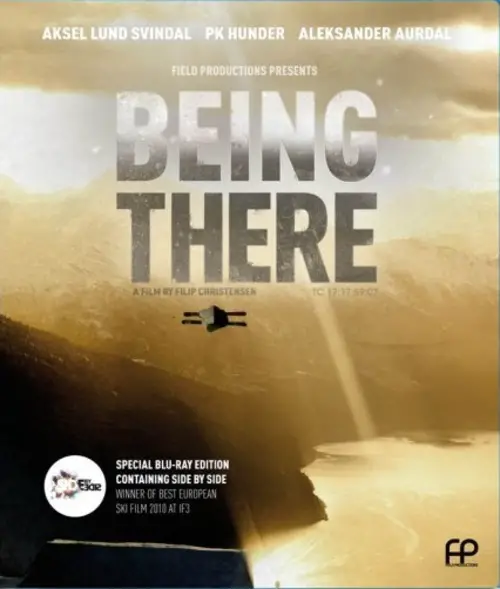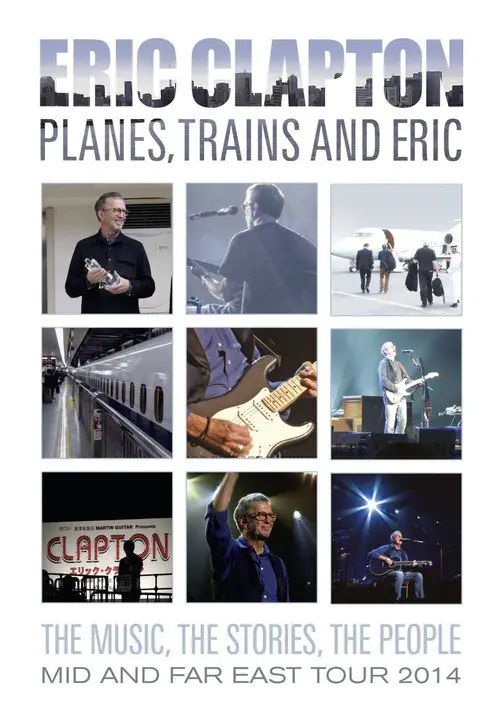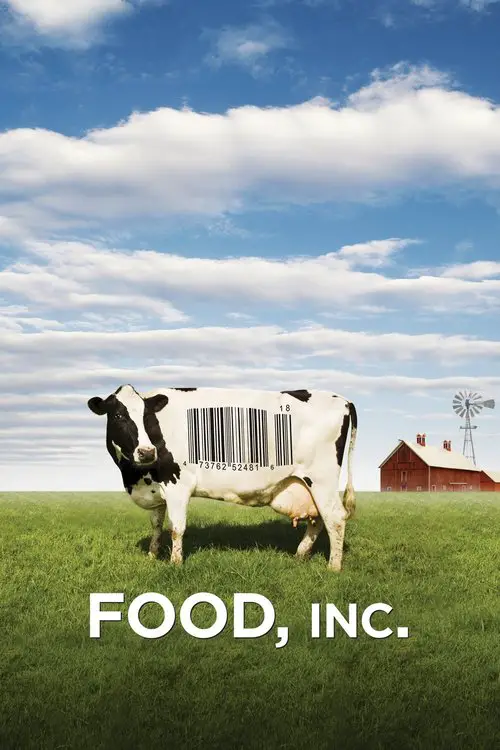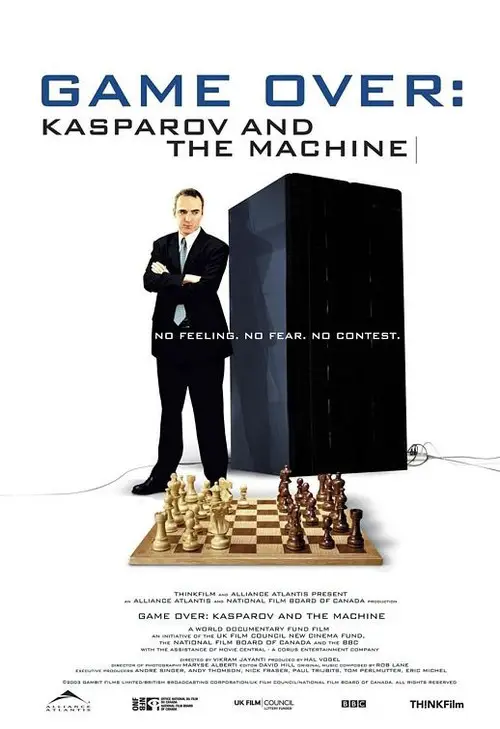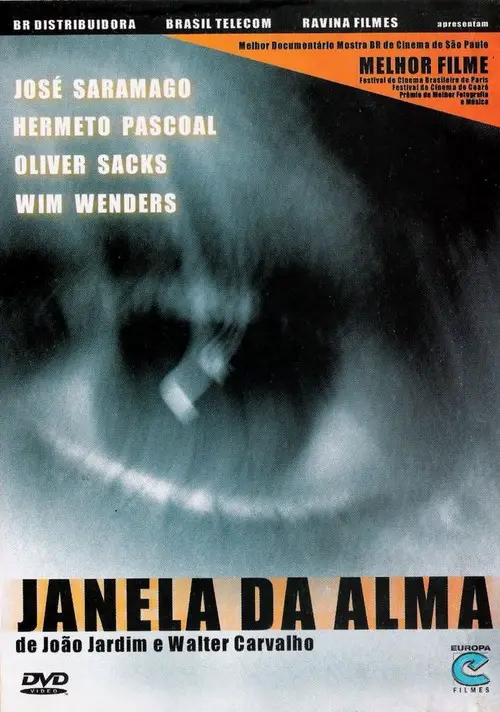How Strange to be Named Federico: Scola Narrates Fellini (2013)
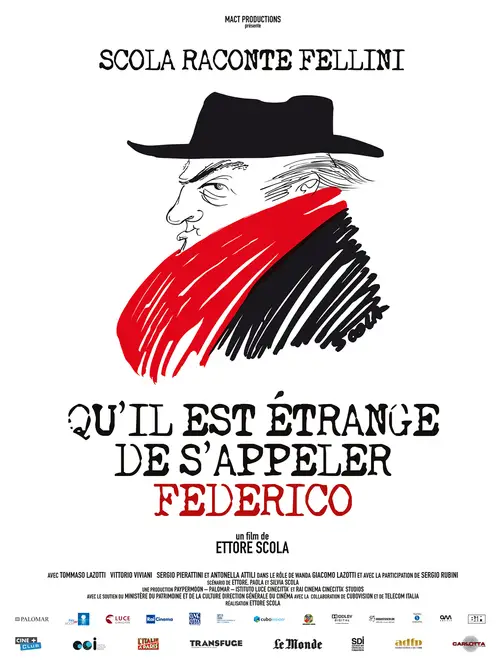
Similar movies
The Death of 'Superman Lives': What Happened? feature film documents the process of development of the ill fated "Superman Lives" movie, that was to be directed by Tim Burton and star Nicolas Cage as the man of steel himself, Superman. The project went through years of development before the plug was pulled, and this documentary interviews the major players: Kevin Smith, Tim Burton, Jon Peters, Dan Gilroy, Colleen Atwood, Lorenzo di Bonaventura and many many more.
A documentary film that explores the early Boston Hardcore music scene from the years 1981 through 1984. This film delves into the social and communal aspects of that particular era. The community, culture, straight edge and DIY (do it yourself) ethic of the time are all explored in the film. Never before seen archival footage, photographs, interviews and dramatizations make up the body of the film. Bands included are SS Decontrol, DYS, Gang Green, The FU's, Jerry's Kids, Negative FX, The Freeze, and more.
This historical and critical look at slasher films, which includes dozens of clips, begins with "Halloween," "Friday the 13th," and "Prom Night." The films' directors, writers, producers, and special effects creators comment on the films' making and success. During the Reagan years, the films get gorier, budgets get smaller, and their appeal wanes. Then, "Nightmare on Elm Street" revives the genre. Jump to the late 90s, when "Scream" brings humor and TV stars into the mix. Although some criticize the genre as misogynistic (Siskel and Ebert), most of the talking heads celebrate the films: as long as there are teenagers, there will be slasher films, says one.
MTV Unplugged in New York is a live album by the American grunge band Nirvana. It features an acoustic performance taped at Sony Music Studios in New York City on November 18, 1993 for the television series MTV Unplugged. As opposed to traditional practice on the television series, Nirvana played a setlist composed of mainly lesser-known material and cover versions of songs. 1. About A Girl 2. Come As You Are
3. Jesus Doesn't Want Me For A Sunbeam 4. The Man Who Sold The World 5. Pennyroyal Tea 6. Dumb 7. Polly 8. On A Plain 9. Something In The Way 10. Sweet Home Alabama 11. Plateau 12. Oh Me 13. Lake Of Fire 14. All Apologies 15. Where Did You Sleep Last Night
Kenny Wayne Shepherd's reverence for his musical roots are center-stage on Ten Days Out...Blues From The Backroads. The guitar-slinger is featured with the Double Trouble rhythm section of bassist Tommy Shannon and drummer Chris Layton performing with some of the greatest blues players of our time as well as lesser-known but historically significant bluesmen. Traveling to their hometowns to record everywhere from juke joints to front porches, from New Orleans to Kansas, Shepherd celebrates and becomes part of blues history with Ten Days Out...Blues From The Backroads.
Germany in Autumn does not have a plot per se; it mixes documentary footage, along with standard movie scenes, to give the audience the mood of Germany during the late 1970s. The movie covers the two month time period during 1977 when a businessman was kidnapped, and later murdered, by the left-wing terrorists known as the RAF-Rote Armee Fraktion (Red Army Faction). The businessman had been kidnapped in an effort to secure the release of the orginal leaders of the RAF, also known as the Baader-Meinhof gang. When the kidnapping effort and a plane hijacking effort failed, the three most prominent leaders of the RAF, Andreas Baader, Gudrun Enslin, and Jean-Carl Raspe, all committed suicide in prison. It has become an article of faith within the left-wing community that these three were actually murdered by the state.
A feature film docu-comedy about UFOs, Aliens, Sightings, Abductions, Other Worldly Visitors, Extra Terrestrials, UFO Researchers, Government Cover-ups, Close Encounters, Flying Saucers, Alien Spacecraft, an Impact Site, Alien Bodies, an Alien Autopsy, the 509th Bomb Group, Atomic Bomb Testing, The Trinity Site, the White Sands Missile Test Range, Los Alamos, the crash of 1947 at Roswell, New Mexico, U.S.A. which became known as the Roswell Incident, and the people of the town of Roswell who now commemorate the UFO crash every july 4th weekend at the Roswell UFO Encounter celebration.
In a remote and forgotten wilderness, one of nature's last great mysteries unfolds: the birth, life and death of a million crimson-winged flamingos. Against a dramatic backdrop of never-before filmed landscapes, these secretive birds struggle to survive and prevail over danger and fate. This inspiring story, set in the extraordinary 'otherworld' of Lake Natron in northern Tanzania, the cradle of humankind, reminds us: here on earth is a universe waiting to be discovered.
An examination of a failure of justice in Arkansas. The documentary tells the hitherto unknown story behind an extraordinary and desperate fight to bring the truth to light. Told and made by those who lived it, the filmmakers' unprecedented access to the inner workings of the defense, allows the film to show the investigation, research and appeals process in a way that has never been seen before; revealing shocking and disturbing new information about a case that still haunts the American South.
Biographical documentary about Ãlvaro Barreirinhas Cunhal (1913-2005), lider of the Portuguese Communist Party for over half a century, living in clandestinity during the "New State" dictatorship. Divided in two parts: "What To Do?" and "The State And The Revolution", produced in 2005 and released on DVD in 2006 to commemorate the first year of Ãlvaro Cunhal's death.
With the departure of the Bush Administration and the arrival of an âera of transparency,â opportunities are arising for the disclosure of new information that may shed more light on the events that took place before and after 9/11/2001. Loaded with powerful, new footage and in-depth interviews this documentary presents a wide array of evidence both known and unknownâ¦until now.
Meeting People Is Easy takes place during the promotion of Radiohead's 1997 release OK Computer, containing a collage of video clips, sound bites, and dialogue going behind the scenes with the band on their world tour, showing the eventual burn-out of the group as the world tour progresses. The inaugural show of the OK Computer tour began on 22 May 1997 in Barcelona, Spain.
Yehudi Menuhin was the 20th century's greatest violinist. He was a child prodigy but the man behind the violin was harder to know. Endlessly touring and crossing continents and cultures, his contract with EMI was the longest in the history of the music industry. He took classical music out of the concert hall because he believed music was for everyone and had the power to change lives. An impassioned idealist, Yehudi wanted to give more to the world - he became a tireless fighter for humanitarian issues he believed in. In this film, commemorating the 100th year of his birth, family and close friends recall his extraordinary musical life, in which he embraced jazz and Indian ragas as much as Bach, Beethoven and Bartok. And incredible home movies take us on an intimate behind-the-scenes journey from his childhood in California, to meeting gypsies in Romania and travelling to India and beyond.
Into the Cold retraces two men dramatic expedition to the North Pole one of the toughest and most magnificent environments in the world and also one that is rapidly vanishing. In two months, 400+ miles, and -50F temperatures, the film reveals a deeply personal journey by foot to the top of the world as never before seen on camera. At current rates of climate change, this centennial commemorative expedition in 2009 will not be possible in another 100 years.
James May at the Edge of Space is a British documentary in which television presenter James May came close to fulfilling his lifelong dream to be an astronaut by flying to the edge of space in a Lockheed U-2 spy plane. It was first aired on BBC Four on 21 June 2009 as part of commemorations of the 40th anniversary of the first Apollo moon landing, and tied in with another May documentary an hour earlier on BBC Two called James May on the Moon.
The programme followed May's three days of training with the United States Air Force at Beale Air Force Base in which he practised safety drills and learnt how to use a space suit correctly. With training complete, he was taken on a three-hour flight reaching an altitude of over 70,000 feet (21,000 m), piloted by instructor pilot Major John "Cabi" Cabigas.
Video Rewind by The Rolling Stones is a compilation of video clips recorded between 1972â1984. Instead of just presenting unrelated clips and videos just strung together, it uses a framing 'story', featuring Bill Wyman and Mick Jagger, directed by Julien Temple and includes some video directed by Michael Lindsay-Hogg. It was first released in 1984 on the VHS, Laserdisc, and CED Videodisc format by Vestron home video.
Wattstax is the 1973 documentary film about the Afro-American Woodstock concert held in Los Angeles seven years after the Watts riots. Director Mel Stuart mixes footage from the concert with footage of the living conditions in the current day Watts neighborhood. The film won the Golden Globe for Best Documentary Film.
Two young North Korean gymnasts prepare for an unprecedented competition in this documentary that offers a rare look into the communist society and the daily lives of North Korean families. For more than eight months, film crews follow 13-year-old Pak Hyon Sun and 11-year-old Kim Song Yun and their families as the girls train for the Mass Games, a spectacular nationalist celebration.
A warm retrospective tribute on the life and career of actor James Stewart (1908-1997), hosted and narrated by Johnny Carson, with clips from many of his films and interviews with both Jimmy Stewart and several people who have worked with him.
Carson interviews Stewart in a casual setting while strolling through movie sets and some of the settings for some of Jimmy's best known films.
They discuss Mr. Stewarts philosophy of life and career. The movie clips shown cover the entire career of one of the most respected and beloved of American actors.
Also interviewed are Jimmy's wife, Gloria, Katherine Hepburn, Peter Bogdanovich, Clint Eastwood, Richard Dreyfuss, then President Reagan and first lady Nancy Reagan, Lee Remick and Gene Kelly.
Director Martin Scorsese speaks candidly and passionately about one of his formative filmmaking influences: the late Elia Kazan. Utilizing precisely chosen clips from Kazan's signature films including "On the Waterfront," "A Streetcar Named Desire," "Gentleman's Agreement," "Baby Doll," "A Tree Grows in Brooklyn," "A Face in the Crowd," "America, America," and "The Last Tycoon," and interview footage of the director himself, co-directors Scorsese and Kent Jones recount the director's tumultuous journey from the Group Theatre to the Hollywood A-list to the thicket of the blacklist. But most of all, they make a powerful case for Kazan as a profoundly personal artist working in a famously impersonal industry.
When Allied forces liberated the Nazi concentration camps in 1944-45, their terrible discoveries were recorded by army and newsreel cameramen, revealing for the first time the full horror of what had happened. Making use of British, Soviet and American footage, the Ministry of Informationâs Sidney Bernstein (later founder of Granada Television) aimed to create a documentary that would provide lasting, undeniable evidence of the Nazisâ unspeakable crimes. He commissioned a wealth of British talent, including editor Stewart McAllister, writer and future cabinet minister Richard Crossman â and, as treatment advisor, his friend Alfred Hitchcock. Yet, despite initial support from the British and US Governments, the film was shelved, and only now, 70 years on, has it been restored and completed by Imperial War Museums.
Legendary martial artist Bruce Lee is the subject of this thoughtful documentary by Lee aficionado John Little. Using interviews, behind-the-scenes footage and action sequences from Lee's last (unfinished) film, Game of Death, Little paints a textured, complex portrait of the world's most famous action hero
Maestro, tells the story of how a group of people found refuge and a call for life outside the mainstream. What evolved was a scene that set the ground work for what was to come in dance music culture worldwide, a rare insight into the secret underground world. It's the first time this story is told in a motion Picture, included in the film are pioneer dance music DJs and producers, "founding fathers", its center being Larry Levan, as well as high-profile DJs of today. Opting for a more personal and candid approach, MAESTRO shows the true history of the people through a realistic creative aesthetic. Tracing the underground's dance origin, MAESTRO brings out a real understanding of this intense lifestyle, and the lives they lived and died for. Written by Anonymous
In the early 1970s, Cuban trumpeter Arturo Sandoval (Andy Garcia) is torn between his own musical dreams and the dreams of his wife, Marianela (MÃa Maestro), a fervent supporter of the ideals of the Castro revolution. Also starring Charles S. Dutton as Dizzy Gillespie and José Zúñiga as Paquito D'Rivera, this gripping jazz biopic is at once a detailed portrait of a musician and a stinging critique
The Age of Stupid is the new movie from Director Franny Armstrong (McLibel) and producer John Battsek (One Day In September). Pete Postlethwaite stars as a man living alone in the devastated future world of 2055, looking at old footage from 2008 and asking: why didnât we stop climate change when we had the chance?
A French documentary or, one might say more accurately, a mockumentary, by director William Karel which originally aired on Arte in 2002 with the title Opération Lune. The basic premise for the film is the theory that the television footage from the Apollo 11 Moon landing was faked and actually recorded in a studio by the CIA with help from director Stanley Kubrick.
Sex Positive explores the life of Richard Berkowitz, a revolutionary gay S&M hustler turned AIDS activist in the 1980s, whose incomparable contribution to the invention of safe sex has never been aptly credited. Mr. Berkowitz emerged from the epicenter of the epidemic demanding a solution to the problem before the outside world would take heed. Now destitute and alone, Mr. Berkowitz tells his story to a world who never wanted to listen.
Doc Pomusâ dramatic life is one of American musicâs great untold stories. Paralyzed with polio as a child, Brooklyn-born Jerome Felder reinvented himself as a blues singer, renaming himself Doc Pomus, then emerged as one of the most brilliant songwriters of the early rock and roll era, writing âSave the Last Dance for Me,â âThis Magic Moment,â âA Teenager in Love,â âViva Las Vegas,â and dozens of other hits. Spearheaded and co-produced by his daughter, Sharyn Felder, and packed with incomparable music and rare archival imagery, this documentary features interviews with collaborators and friends including Dr. John, Ben E. King, Joan Osborne, Shawn Colvin, Dion, Leiber and Stoller, and B.B. King, as well as passages from Docâs private journals read by his close friend Lou Reed.
A story about growing up in the Soviet Union. The film tells the story of a strange kind of information war, where a totalitarian regime stands face to face with the heroes of popular culture. And loses. It was a time when it was possible for erotic film star Emmanuelle to bring down the Red Army and MacGyver to outdo an entire school administration. It is a film about our generation, who were unknowingly brought to the front line of the Cold War. Western popular culture had an incomparable role shaping Soviet children's world views in those days. Finnish television was a window to a world of dreams that the authorities could not block in any way. Though Finnish channels were banned, many households found some way to access the forbidden fruit.
The life of composer, conductor, pianist and Oscar-winner Andre Previn, filmed during a year which culminated in the world premiere of his first opera, A Streetcar Named Desire, in San Francisco. Wherever he went, the camera followed. To Tokyo for a concert with Kiri Te Kanawa. To Philadelphia for a teaching session in the Curtis Institute. To Tanglewood for an incredible jazz improvisation recording of Gershwin Variations. To New York to play with the Ray Brown Trio at the Blue Note Club. To Vienna with the Vienna Philharmonic. To Washington DC for a concert with the Emerson Quartet. To Boston for a conductor's masterclass with, among others, Daniel Harding. And, of course, the rehearsals and first performance of Streetcar with the incomparable Renee Fleming and director Colin Graham.
Nearly 15 years after its initial release on VHS, Joni Mitchellâs critically acclaimed Refuge Of The Roads concert film is available on DVD. This legendary 1983 show, filmed on a soundstage at the end of a successful tour, is highlighted by her version of "Woodstock" (a hit for Crosby, Stills, Nash and Young), "For Free" and "Raised On Robbery," as well as clips from intimate home movies shot during the tour. Mitchellâs love affair with jazz/rock was in full swing during the tour, and she brought with her a great band: keyboardist Russell Ferrante (Yellowjackets), guitarist Michael Landau, bassist (and husband) Larry Klein, and drummer Vinnie Colaiuta. The ensemble seamlessly wove elements of jazz, pop, rock and folk together, while Mitchellâs incomparable lyrics gracefully floated above it all.
In a country where bella figura is a national pastime, Prime Minister Silvio Berlusconi is the maestro of media manipulation. Having risen to political primacy with the aid of his Mediaset empire, he now controls 90% of the bel paeseâs television channels including the state-run RAI network. Quantity, it seems, does not equal quality. Fed on a diet of semi-naked dancing girls, inane competitions and rickety reality shows built around the most ridiculous of premises, is it any wonder that Italians are becoming a nation of fame-hungry wannabes?
The 1960s was an extraordinary time for the United States. Unburdened by post-war reparations, Americans were preoccupied with other developments like NASA, the game-changing space programme that put Neil Armstrong on the moon. Yet it was astronauts like Eugene Cernan who paved the uneven, perilous path to lunar exploration. A test pilot who lived to court danger, he was recruited along with 14 other men in a secretive process that saw them become the closest of friends and adversaries. In this intensely competitive environment, Cernan was one of only three men who was sent twice to the moon, with his second trip also being NASAâs final lunar mission. As he looks back at what he loved and lost during the eight years in Houston, an incomparably eventful life emerges into view. Director Mark Craig crafts a quietly epic biography that combines the rare insight of the surviving former astronauts with archival footage and otherworldly moonscapes.
Delve into the world of Batman and the vigilante justice that he brought to the city of Gotham. Batman is a man who, after experiencing great tragedy, devotes his life to an ideal--but what happens when one man takes on the evil underworld alone? Examine why Batman is who he is--and explore how a boy scarred by tragedy becomes a symbol of hope to everyone else.
This is Cinerama is a 1952 full-length film designed to introduce the then-new widescreen process Cinerama, which broadens the aspect ratio so the viewer's peripheral vision is involved. This is Cinerama premiered on 30 September 1952 at the New York Broadway theatre, in New York City. The film includes scenes of the roller coaster from Rockaways' Playland, then moves on to a scene of the temple dance from Aida, views of Niagara Falls, a Viennese choir, scenes of the canals of Venice, a military tattoo in Edinburgh, a bullfight, more from Aida, a sound demonstration in stereo, scenes from the amusement park in Cypress Gardens, Florida for a water skiing sequence, and the playing of America the Beautiful as scenes are shown from the nose of a low flying B-25.
With a career spanning decades Photographer Rose Hartman is known for her iconic photos from Studio 54 and the fashion world, her boisterous personality, and ever presence capturing the New York social scene. The film follows Rose through her life of entrée as she put the lives of the glamorous and famous on film that serves as one of the few visual histories of NYC.
From the first time he performed Swimming to Cambodia - the one-man account of his experience of making the 1984 film The Killing Fields - Spalding Gray made the art of the monologue his own. Drawing unstintingly on the most intimate aspects of his own life, his shows were vibrant, hilarious and moving. His death came tragically early, in 2004; this compilation of interview and performance footage nails his idiosyncratic and irreplaceable brilliance.
The film discusses the traits and originators of some of metal's many subgenres, including the New Wave of British Heavy Metal, power metal, Nu metal, glam metal, thrash metal, black metal, and death metal. Dunn uses a family-tree-type flowchart to document some of the most popular metal subgenres. The film also explores various aspects of heavy metal culture.
Richard Kuklinski was a devoted husband, loving father--and ruthless killer of over 100 people. You'll meet him in this powerful documentary that features one of the most vivid and disturbing interviews ever recorded--taped behind the walls of the prison where Kuklinski is serving two consecutive life sentences for multiple homicide.
Martin Scorsese narrates this tribute to Val Lewton, the producer of a series of memorable low-budget horror films for RKO Studios. Raised by his mother and his aunt, his films often included strong female characters who find themselves in difficult situations and who have to grow up quickly. He is best remembered for the horror films he made at RKO starting in 1940. Starting with only a title - his first was The Cat People - he would meticulously oversee every aspect of the film's completion. Although categorized as horror films, his films never showed a monster, leaving it all to the viewers imagination, assisted by music, mood and lighting.
With some of the best skiers within all aspects of modern freeskiing, and a passionate film crew equipped with the best of HD cameras, this movie will both thrill and amaze you. Along side amazing action shots and mind blowing scenery, this movie will give you a behind the scenes look at the production itself. You should have been there when wonder kid Jesper Tjäder shocked the whole film crew with his urban skiing or when Tom Wallisch was head of production at Strandafjellet. You should have been there when Aleksander Aurdal proved how much of a man he is or when Aksel Lund Svindal had unforgettable days in Lofoten. Missed it? Well, don´t worry. This movie will take you there.
âPlanes, Trains And Ericâ follows Eric Clapton and his band on the Far and Middle Eastern leg of his 2014 World Tour. The film features 13 full length performances from the tour intercut with interviews with Eric Clapton and the band members, rehearsal and soundcheck footage, travel by trains and planes, presentations and âfly on the wallâ filming of all the many aspects of being on the road with Eric Clapton.
Documentary filmmaker Robert Kenner examines how mammoth corporations have taken over all aspects of the food chain in the United States, from the farms where our food is grown to the chain restaurants and supermarkets where it's sold. Narrated by author and activist Eric Schlosser, the film features interviews with average Americans about their dietary habits, commentary from food experts like Michael Pollan and unsettling footage shot inside large-scale animal processing plants.
Garry Kasparov is possibly the greatest chess player who has ever lived. In 1997, he played a match against the greatest chess computer: IBM's Deep Blue. He lost. This film depicts the drama that happened away from the chess board from Kasparov's perspective. It explores the psychological aspects of the game and the paranoia surrounding IBM's ultimate chess machine.
Nineteen people with differing degrees of visual impairment - from mild nearsightedness to total blindness - discuss how they see themselves, how they see others and how they perceive the world. Writer and Nobel laureate José Saramago, musician Hermeto Paschoal, filmmaker Wim Wenders, blind Franco-Slovenian photographer Evgen Bavcar, neurologist Oliver Sacks, actress Marieta Severo, blind city councilman Arnaldo Godoy, among others, make personal and surprising revelations about various aspects of vision - the physiological working of the eye; the use of glasses and what it means about personality; the meaning of seeing or not seeing in a world saturated by images; and, also, the importance of emotions in transforming reality if, that is, there is such a thing common to all. Unusual images, of burning trees or empty deserts, link the interviews, which vary from deep to funny to poetic.
© Valossa 2015–2025
| Privacy Policy
